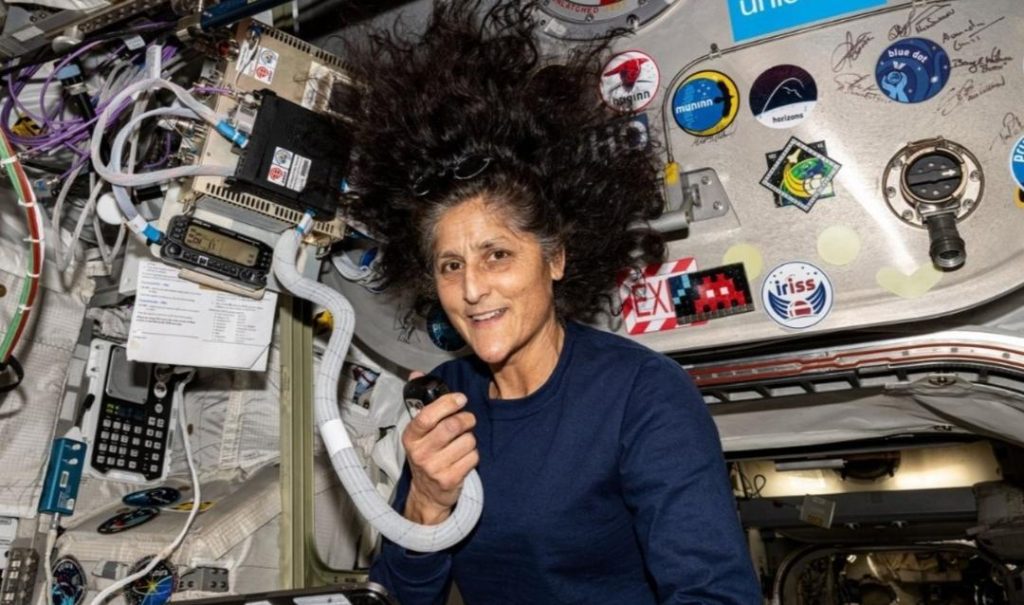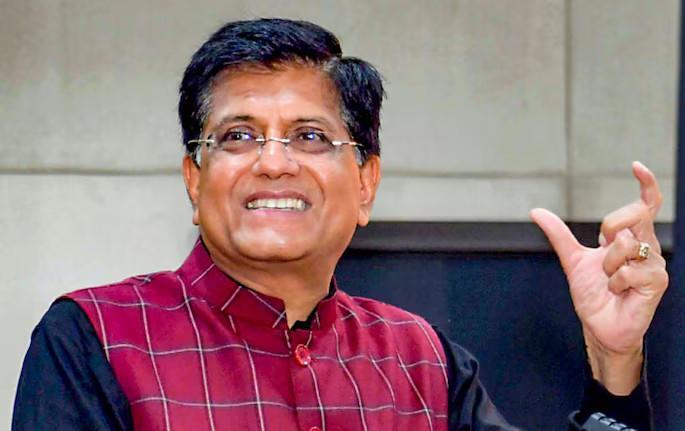
What Scientific Milestones Were Achieved by Williams & Her Team?
In a remarkable achievement, NASA has listed several scientific milestones accomplished by the crew, including astronauts Nick Hague, Butch Wilmore, Sunita Williams, and cosmonaut Aleksandr Gorbunov, aboard the International Space Station (ISS). The crew’s remarkable endeavors have contributed significantly to our understanding of various scientific phenomena, including plant biology, Earth observation, and medical innovations.
Plant-Related Studies
One of the key areas of focus for the crew was plant-related research. The crew conducted experiments to study the effects of microgravity on plant growth and development. Specifically, they investigated the behavior of roots in microgravity, which may have significant implications for future long-duration space missions. By understanding how roots adapt to microgravity, scientists can develop more effective strategies for growing crops in space, ensuring a sustainable food supply for future space travelers.
The crew also explored the effects of microgravity on plant photosynthesis. Studying how plants absorb and process light in microgravity can provide valuable insights into the fundamental biology of photosynthesis and potentially lead to new approaches for improving crop yields on Earth.
Earth Observation
Butch Wilmore, one of the astronauts on the crew, took thousands of images of Earth during his time on the ISS. These images provided valuable data for monitoring urban growth, climate change, and natural disasters. By analyzing these images, scientists can better understand the impact of human activities on the environment and develop more effective strategies for mitigating the effects of climate change.
Wilmore’s photographs also captured stunning vistas of Earth’s natural landscapes, including oceans, mountains, and forests. These breathtaking images serve as a reminder of the beauty and fragility of our planet and inspire new generations of scientists and explorers.
3D Printing of Implantable Medical Devices
The crew also tested the feasibility of 3D printing implantable medical devices in microgravity. This innovative approach has significant potential for revolutionizing the field of medicine, particularly in the development of customized prosthetics and implants.
By printing implantable devices in microgravity, researchers can create complex geometries and structures that would be difficult or impossible to achieve on Earth. This technology can potentially lead to improved medical outcomes, reduced recovery times, and enhanced patient comfort.
Astronaut Health
In addition to their scientific research, the crew focused on understanding the effects of space travel on human health. They conducted experiments to study the impact of microgravity on the human body, including the effects on bone density, muscle mass, and cardiovascular health.
These studies are crucial for developing effective countermeasures to mitigate the risks associated with long-duration space missions. By understanding the effects of microgravity on the human body, scientists can take steps to protect the health and well-being of astronauts and ensure the success of future space missions.
Fire in Space
Unfortunately, the crew faced a serious challenge during their mission when a fire broke out in one of the ISS’s storage compartments. The fire was quickly extinguished, but it highlighted the importance of fire safety in space.
The crew’s experience with the fire will inform future safety protocols and procedures, ensuring that astronauts are better prepared to respond to emergencies in space.
Conclusion
The scientific milestones achieved by Nick Hague, Butch Wilmore, Sunita Williams, and Aleksandr Gorbunov aboard the ISS are a testament to the dedication and expertise of NASA’s astronauts and cosmonauts. Their groundbreaking research has contributed significantly to our understanding of plant biology, Earth observation, and medical innovations.
As we continue to push the boundaries of space exploration, it is essential that we prioritize scientific research and invest in the development of new technologies. The achievements of this crew serve as a reminder of the importance of scientific inquiry and the potential for discovery that lies ahead.






